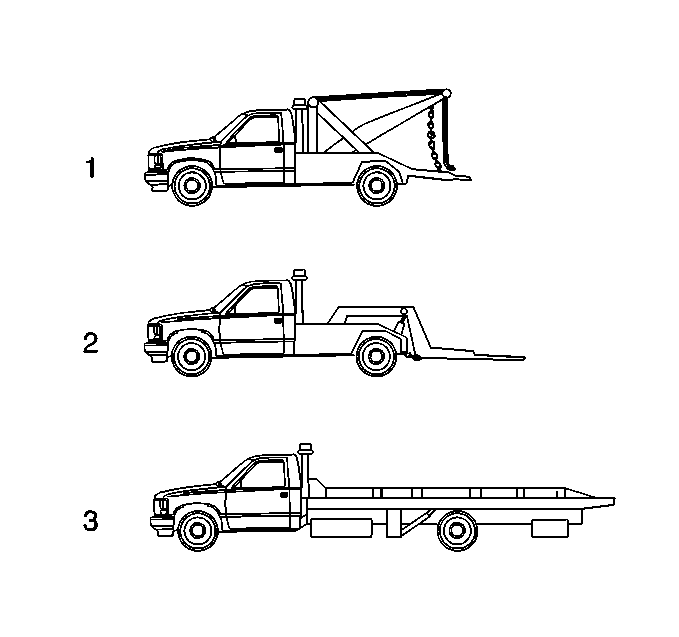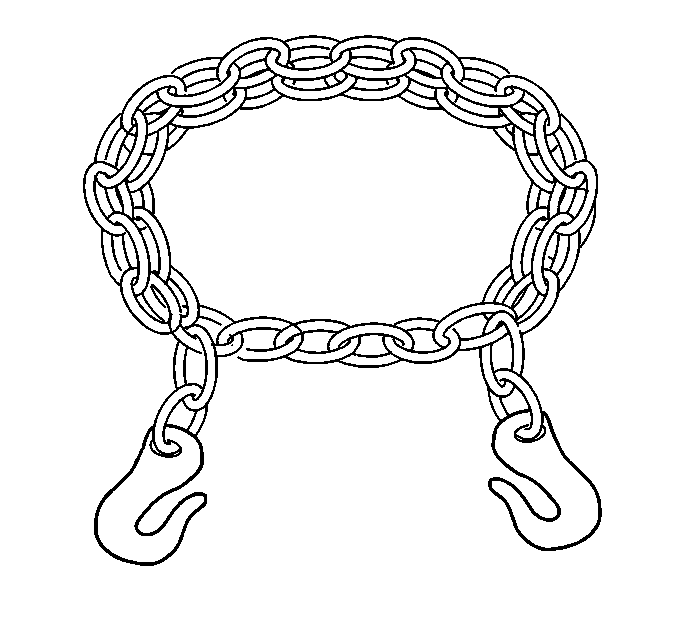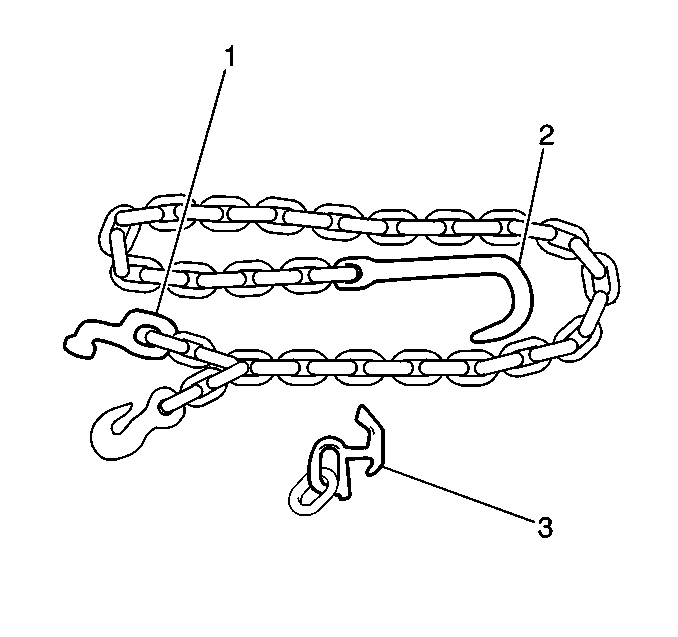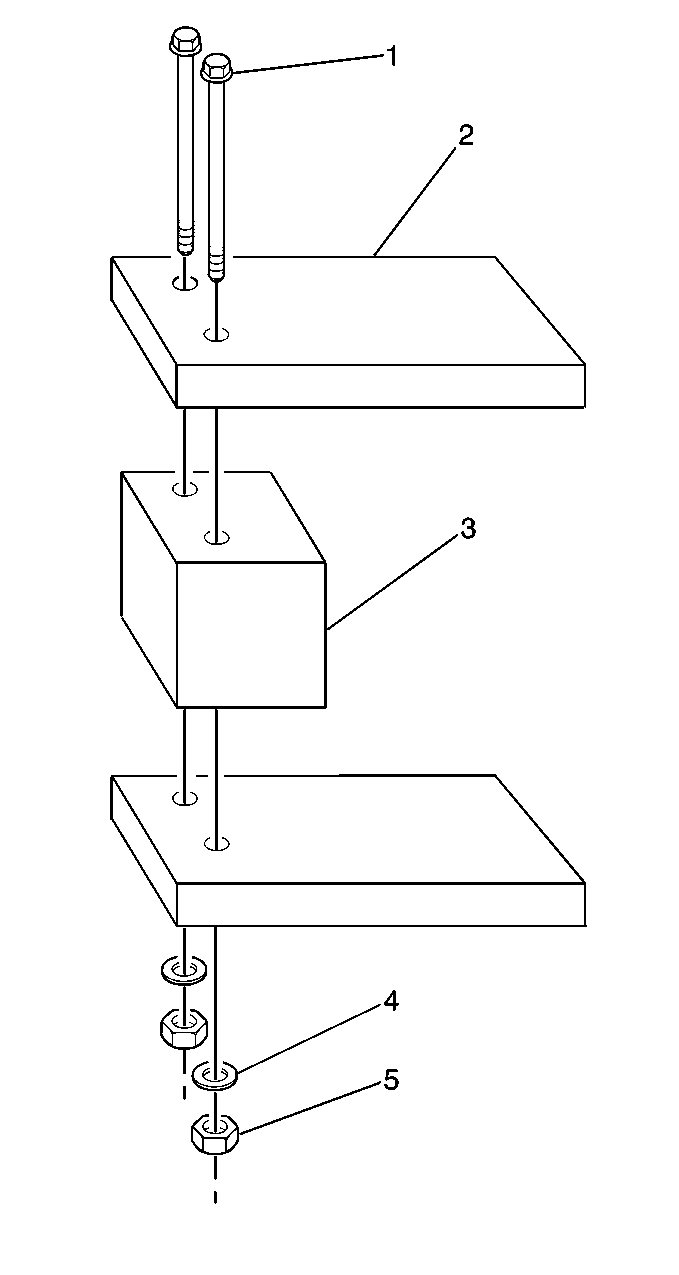Sling-type (1) equipment
may be used when towing certain General Motors passenger cars and light duty
trucks. Most General Motors vehicles require different types of towing
equipment. Many vehicles cannot be towed with sling-type equipment without
damaging the vehicle.
The wheel-lift (2) and car-carrier (3) equipment allows the towed vehicle
to be transported on it's own suspension. Using the wheel-lift and car-carrier
equipment will reduce the risk of damage to the vehicle.
Follow the instructions of the towing equipment's manufacturer and follow
the instructions in the following information.
Install a safety chain
on each side of the vehicle. The chains must be separate parts from the towing
equipment. Install the chains so that they do not damage the vehicle.
Use the T-hooks (1), J-hooks
(2), and chains ONLY as instructed. DO NOT attach winch cables or J-hooks
to the suspension components. Use T-hooks and R-hooks (3) as instructed.
When an auxiliary load spreader is required, use the load spreader shown
in the illustrations.




